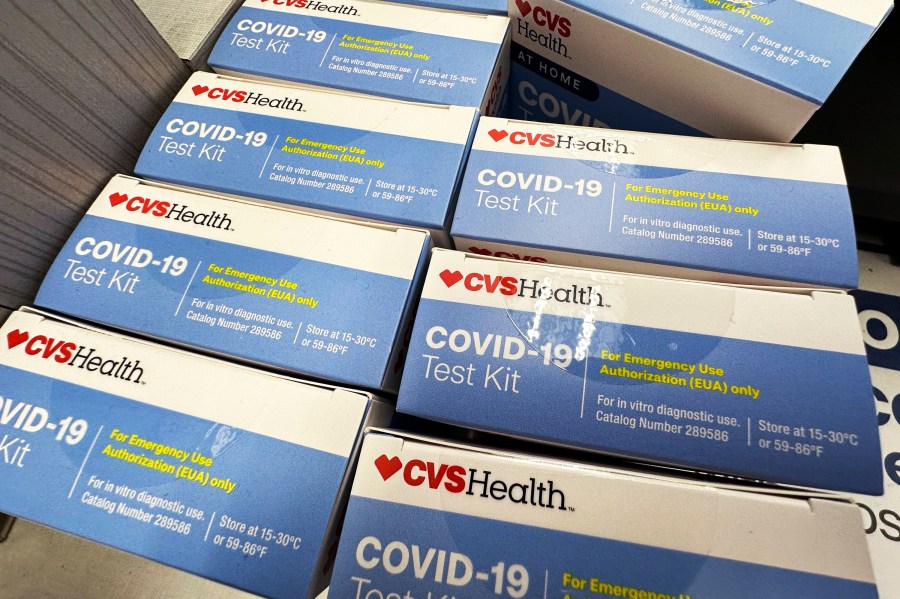Rising Cases of COVID-19 and Flu in Hawaii
Recent data from the Hawaii Department of Health (DOH) indicates a significant increase in the activity levels of both the flu and COVID-19 during the summer months. This trend is concerning, as it suggests that the usual seasonal patterns may not be holding true this year.
The test positivity percentage rate has seen an upward trend over the past few weeks. Additionally, the seven-day average of new cases across the islands has risen considerably over the last month. This data highlights a growing public health challenge that requires immediate attention.
Comparison with Other Respiratory Viruses
In recent weeks, COVID-19 has surpassed both the flu and respiratory syncytial virus (RSV) in terms of test positivity rates, emergency room visits, and hospital admissions. This shift underscores the need for continued vigilance and proactive measures to prevent further spread.
Public health officials are urging residents to take necessary precautions to avoid illness and protect others. The DOH emphasizes that individual actions play a crucial role in mitigating the impact of these viruses.
Key Recommendations from the DOH
To combat the rising cases, the DOH has outlined several important recommendations:
- Get vaccinated: Everyone aged six months and older is encouraged to receive the vaccine. Special emphasis is placed on high-risk groups, including children between six months and two years, immunocompromised individuals, adults 65 and older, pregnant women, and healthcare workers.
- Stay home when sick: If experiencing symptoms, it is essential to remain at home to prevent spreading the virus to others.
- Cover your cough: Practicing good hygiene can help reduce the transmission of respiratory illnesses.
- Mask up: Wearing a mask in crowded or indoor settings can provide an added layer of protection.
- Take a test: Early detection is key. Symptoms of COVID-19 can resemble those of other respiratory viruses, but timely testing allows for appropriate treatment. Antiviral medications are most effective when started soon after symptoms appear.
Accessing Up-to-Date Information
The DOH continuously updates and improves its COVID-19 dashboard, providing real-time data to the public. Residents can access the latest information through the official website. This resource is invaluable for understanding the current situation and making informed decisions.
For more information on how to reduce the spread of COVID-19 and other respiratory diseases, additional resources are available online. These materials offer practical guidance on prevention, treatment, and community safety.
As the situation evolves, staying informed and following public health guidelines will be critical in protecting both individuals and the broader community. By taking these steps, Hawaii residents can contribute to a healthier and safer environment for all.






